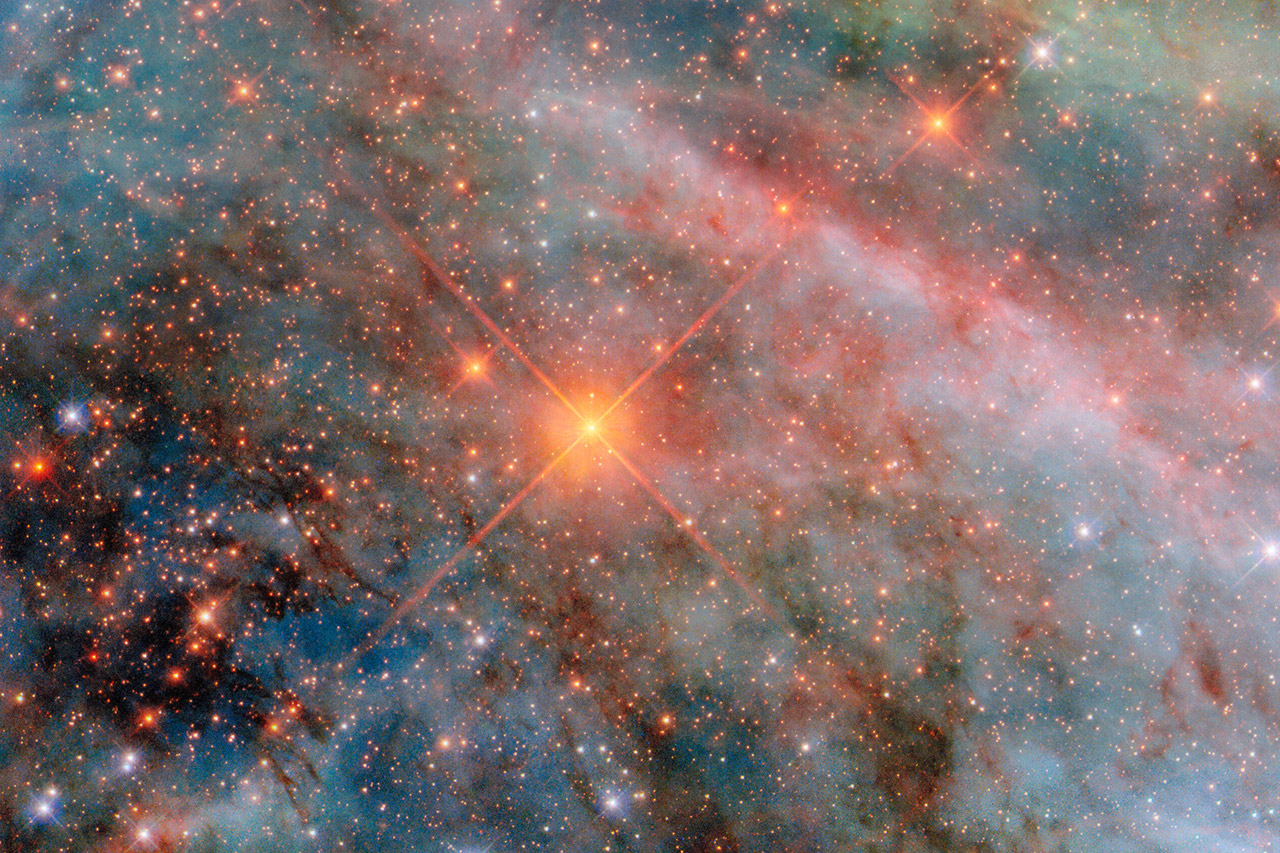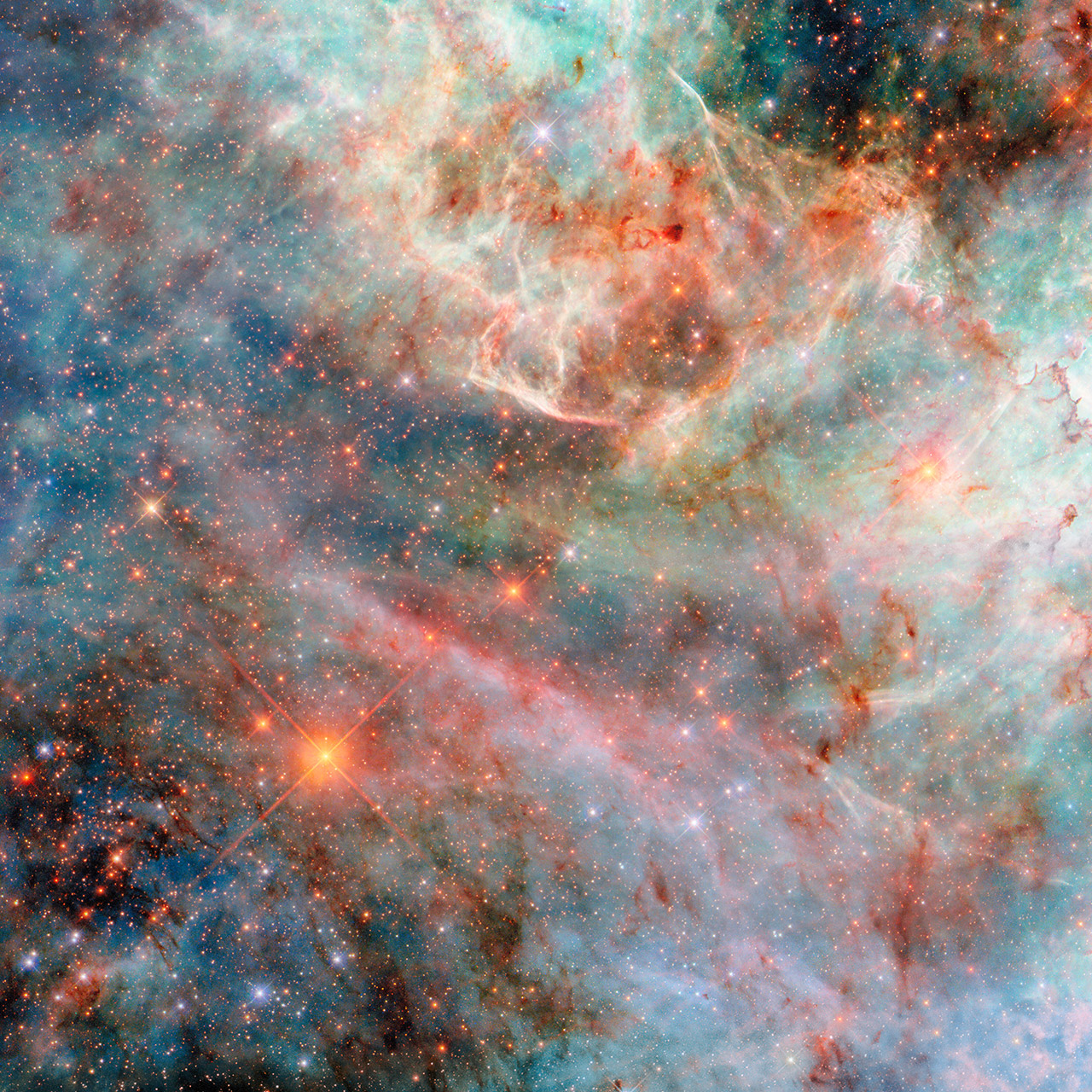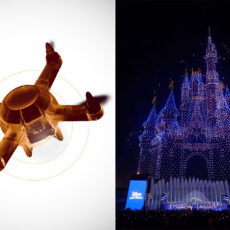
NASA and ESA’s Hubble Space Telescope took a beautiful picture of the Large Magellanic Cloud (LMC), which looks like cosmic cotton candy. Using Hubble’s Wide Field Camera 3, the image combines different filters to display a vibrant blend of gas clouds and stars.

It focuses on a region with glowing nebulae, where massive gas clouds collapse to form new stars, brightening the surrounding hydrogen in vivid shades. The LMC is named after explorer Ferdinand Magellan, who noted its glow during his 16th-century voyage! It’s a great spot for studying star formation because it’s nearby and clear of the Milky Way’s dust.
- Superior Optics: 400mm(f/5.7) focal length and 70mm aperture, fully coated optics glass lens with high transmission coatings creates stunning images...
- Magnification: Come with two replaceable eyepieces and one 3x Barlow lens.3x Barlow lens trebles the magnifying power of each eyepiece. 5x24 finder...
- Wireless Remote: This refractor telescope includes one smart phone adapter and one Wireless camera remote to explore the nature of the world easily...

This image shows the LMC’s lively nature, with star-forming spots like the Tarantula Nebula (not directly shown here) and others like LHA 120-N 11, known for their glowing, ionized gas. The image also captures dust clouds that help form rocky planets. Did you know the LMC is one of the nearest galaxies to our Milky Way? It’s true, located just about 163,000 light-years away, making it a close cosmic friend.
Even though it’s classified as a dwarf galaxy, the LMC actually stretches about 14,000 light-years across and contains around 10 billion stars. It’s a bustling hub for star formation, hosting some of the biggest and brightest star-forming regions, like the Tarantula Nebula. On a side note, the Tarantula Nebula in the LMC is so active that it’s nicknamed the “starburst” region for its explosive star-forming activity.
















